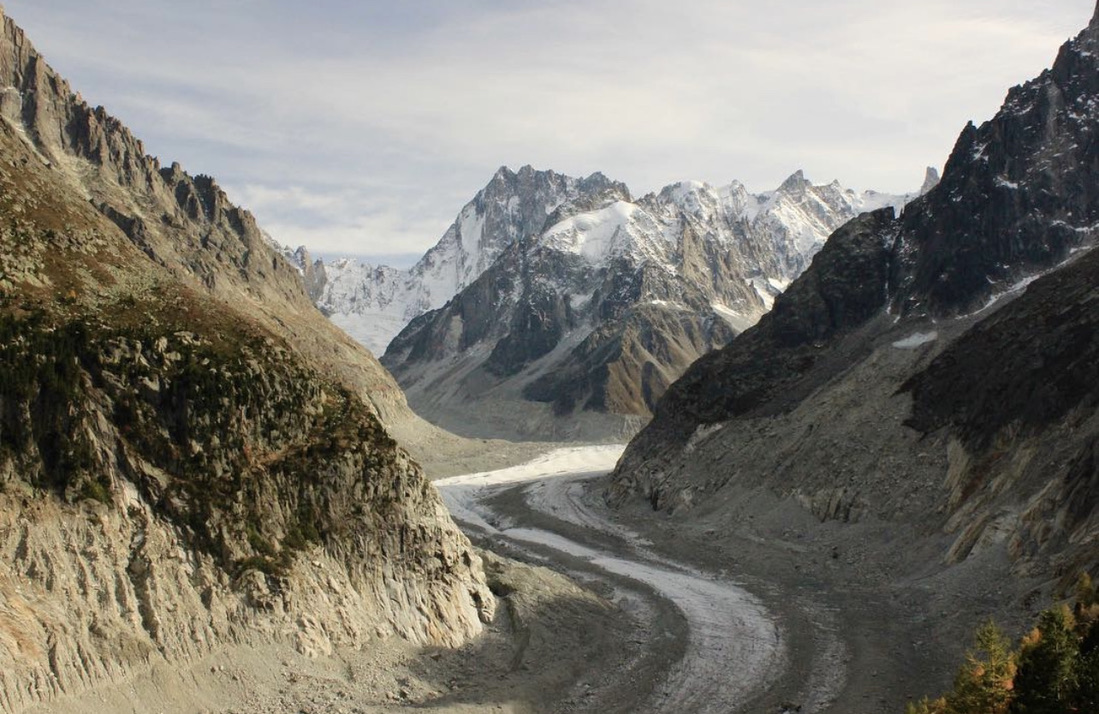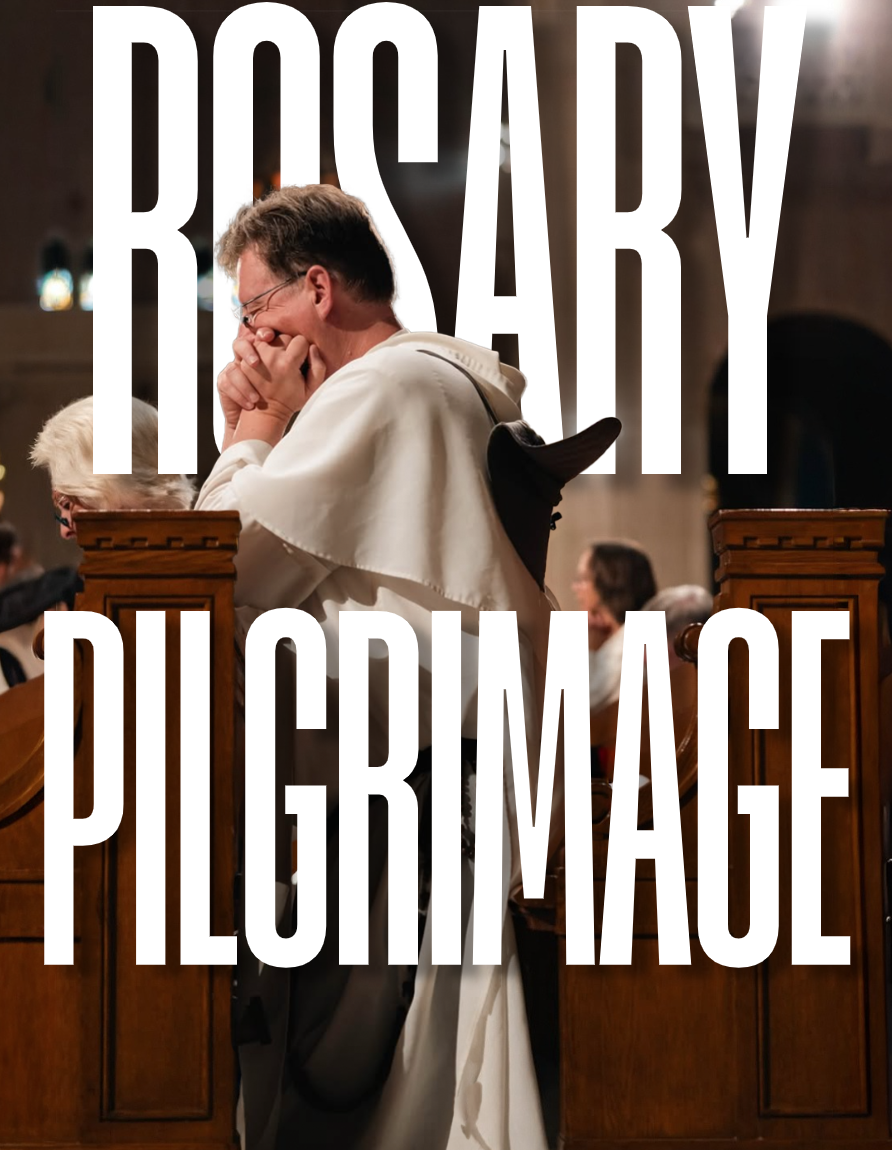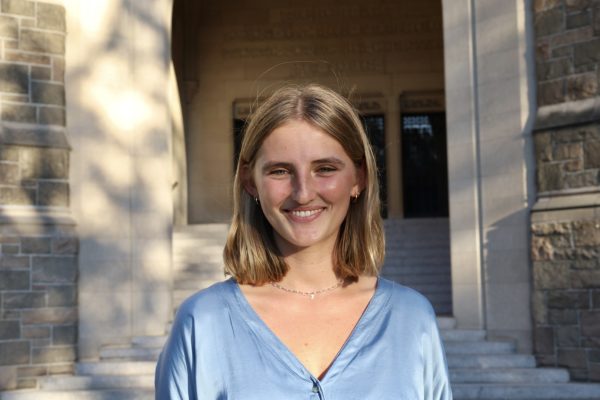On the first weekend of February, my friends and I traveled from Spain to Chamonix, France, for a once-in-a-lifetime ski trip. Unbeknownst to us, that same weekend marked the start of a controversial tourist attraction on the other side of the mountain. While we went off to ski, everyone else on our bus ambled over to the new gondola system that would take them to the famous and rapidly melting Mer de Glace glacier. Due to the effects of climate change, many natural resources and phenomena are becoming endangered and in this case, my bus mates were here to see the glacier before it is merely a river. Were they in the wrong? Or do they have every right to be visiting a natural site as it withers away? While many are wondering if there is an ethical approach to this very human issue, the answer isn’t black and white.
Travel and natural excursions are integral aspects of the human experience, but as the natural world suffers the consequences of human consumption and production, parks and resources that used to be taken for granted are becoming less and less available to travelers, encouraging a surge of “last-chance tourism.” Just after the new gondola in Chamonix opened, The New York Times interviewed Claude Folmer, a French local, about his reaction to the project that will undoubtedly bring a new wave of tourists to the glacier. Folmer, who first visited the glacier 40 years ago, said, “At some point, you have to leave the glacier alone. There’s big machinery being installed. Where will it stop?”
Many institutions and universities are writing literature on the growing issue of tourism and the environment. Following the $50 million EPA grant Fordham received last year, many professors and students are becoming increasingly involved in environmental justice research. One such project is the relationship between climate change and the effects on GDP from non-measurable benefits that nature provides humans, such as access to natural parks and mountain ranges. To apply this directly to the example of the Mer de Glace, the installation of this new gondola will bring high profits to its installers and allow tourists to visit a disappearing site all while contributing to its deterioration. The money spent on its development will only be used for the duration of the glacier’s life. Jobs have been created, minds have been blown, but the glacier continues to melt at an alarming rate.
This is not a new discussion — the International Union for Conservation of Nature says tourism to Antarctica has increased significantly since the early 1990s. Between 1992 and 2020, globetrotters headed to the frozen frontier increased by a factor of 10. Celebrities like singer Lorde and actor David Harbour have made the trek, and American actress Alison Sudol was named Greenpeace’s first “Antarctic Ambassador” in 2018, all of which further increased publicity surrounding the allure of the rapidly changing continent. With all of this comes a mixed bag of responses. While it could be argued that it is important for people to travel while we still can, it is also evident that we are only suffering the consequences of our own actions and should ultimately be leaving nature alone.
“Ecotourism” is a relatively new term, as the call for responsible tourism has become louder in recent decades. Ecotourism centers on the notion of educational travel and respect for the local communities and environment, in which the activities involve direct engagement with both. Awareness regarding the impact of travel and tourism is crucial for endangered ecosystems that are at risk of the consequences of last-chance tourism.
The bottom line is that in the end, last-chance tourism will only increase in the coming decades. In accepting what we cannot change, we need to work on what we can. Moving forward, the tourism industry should take every opportunity to practice ecotourism and give as much as they can. When the human desire to visit every continent and see every species before its last member disappears in the heating deserts or melting glaciers is insatiable, we must reframe our mode of engagement.
Lusa Holmstrom, FCRH ’25, is an English and Spanish studies major from Venice, Calif.










































































































































































































